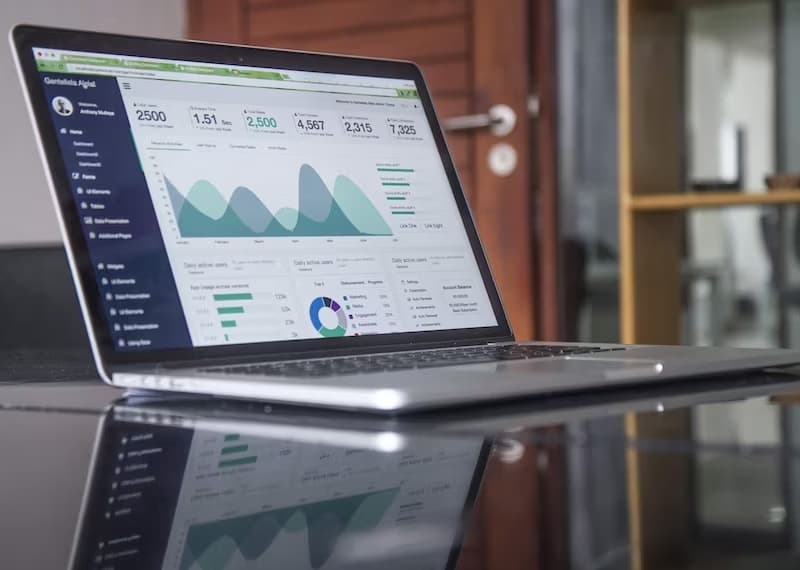
Table of Contents
Sales enablement encompasses the processes, technologies, and content that enable sales teams to sell more efficiently and effectively. It's a holistic approach aimed at providing sales professionals with the tools they need at every stage of the buyer's journey.
From onboarding new hires to closing deals, sales enablement ensures that the entire sales process is streamlined and optimized.
Below, we look into the concept of sales enablement, exploring why it matters and how businesses can empower their sales teams with the right tools for success.
Essential Tools for Sales Enablement
- Customer Relationship Management (CRM) Systems:
At the core of sales enablement is a robust CRM system. These platforms centralize customer data, track interactions, and provide valuable insights that enable sales teams to tailor their approach. From organizing leads to managing follow-ups, CRM systems are the backbone of a well-equipped sales team.
- Sales Analytics and Reporting:
Data is the lifeblood of effective sales strategies. Sales analytics and reporting tools provide real-time insights into sales performance, buyer behavior, and market trends. By leveraging data-driven decision-making, sales teams can refine their approach, identify areas for improvement, and capitalize on emerging opportunities.
- Communication and Collaboration Tools:
Smooth communication and collaboration are essential for a cohesive sales team. Messaging apps, video conferencing tools, and collaborative platforms facilitate real-time communication, ensuring that team members can share updates, strategies, and insights seamlessly.
Speaking about communication and collaboration among your sales team, let’s discuss how remote access software can help.
- Remote Access Software
Remote access software is a pivotal tool for sales and marketing teams to work together efficiently, regardless of physical location. This tool allows team members to access office devices remotely, collaborate in real-time, and close sales from anywhere and at any time of the day. This ultimately creates a virtual workspace that transcends geographical boundaries.
When integrating remote access software into your sales enablement strategy, it's crucial to choose one that aligns with the specific needs of your team and your budget. One such solution is LogMeIn, as it's quite popular for its features. However, logmein pricing tends to be on the high side, and there are more budget-friendly alternatives that offer the same and even better features. You also want to look for features like secure encryption, user-friendly interfaces, and compatibility with different devices and operating systems. Additionally, consider the scalability of the software to ensure it can accommodate the evolving needs of your growing sales and marketing teams.
- Sales Content Management:
Efficiently managing and distributing sales collateral is crucial for sales enablement. Sales content management tools allow teams to organize, share, and track the effectiveness of sales content. This includes everything from presentations and case studies to product sheets and email templates, ensuring that the sales team has access to the most up-to-date and impactful materials.
- Training and Onboarding Platforms:
Empowering new hires with the knowledge and skills they need is a critical aspect of sales enablement. Training and onboarding platforms offer interactive learning modules, product tutorials, and assessments to ensure that every member of the sales team is equipped with the necessary information and expertise.
The Benefits of Sales Enablement
- Increased Productivity:
By providing sales teams with the tools they need, sales enablement eliminates unnecessary manual tasks and streamlines workflows. This leads to a boost in productivity, allowing sales professionals to focus more on building relationships and closing deals.
- Adaptive Selling:
Sales enablement allows teams to adapt their selling strategies based on real-time data and changing market conditions. You’ll want this level of adaptability to stay relevant and meet the evolving needs of customers.
- Faster Sales Cycles:
Armed with the right tools, sales teams can accelerate the sales cycle. From quickly accessing relevant content to efficiently managing leads, the streamlined processes facilitated by sales enablement contribute to shorter sales cycles and faster deal closures.
- Improved Customer Experience:
By having instant access to customer data, understanding their needs, and delivering personalized solutions, a well-equipped sales team is better positioned to provide an exceptional customer experience.
Tips for Implementing Sales Enablement
To implement a sales enablement system successfully, you’ll want every member of the sales team first to have a deep understanding of the buyer persona and the customer’s journey. Then, collaborate to create content that resonates with the target audience. This alignment ensures that the tools provided are in sync with marketing efforts, creating a seamless experience for potential customers.
You might also have to invest in training to empower your team to use the software solutions effectively. Finally, regularly update and evaluate tools to see which are redundant or which should be focused on and scaled.
The Bottom Line
Sales enablement goes beyond providing technology; it's about fostering a culture of efficiency, collaboration, and adaptability. When businesses invest in the right tools and strategies, they ultimately become more agile and well-positioned to gain a competitive edge.
data-enrichmentlead-generation





